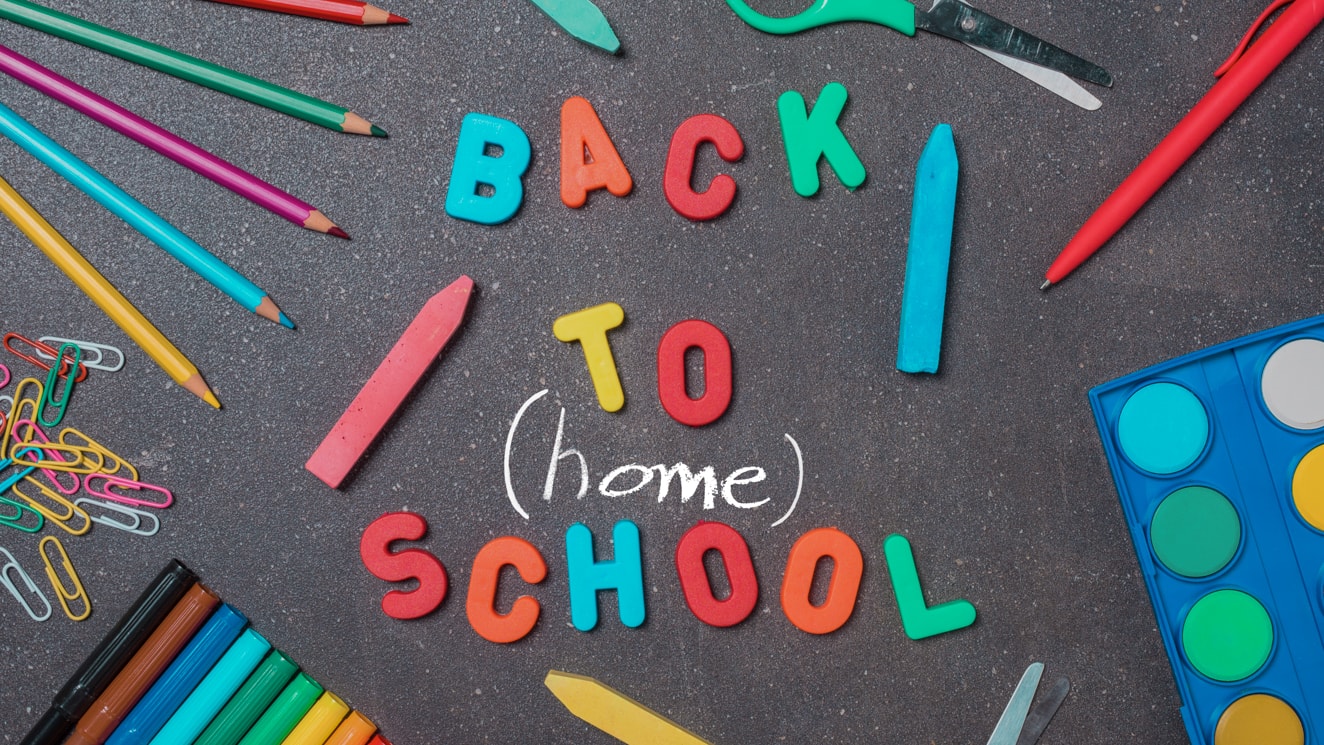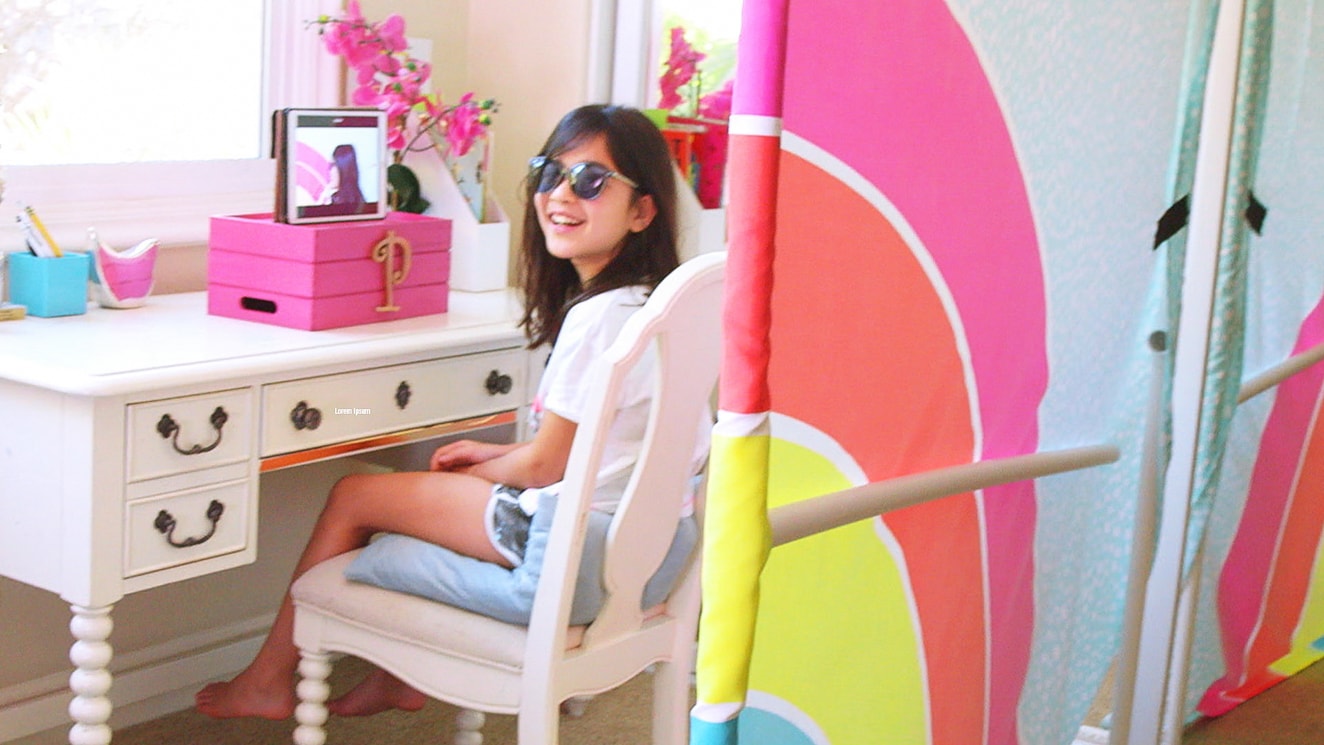

Back in the day, many of us heard it over and over in school. “Don’t fiddle!” “Keep your hands to yourselves!” “Sit still!” After all, how can a person focus and learn if they can’t sit in stillness? But the thing is, if we want our children to pay attention, the thing that might actually help them the most is to put something in their hands.
I’m an educator myself, so with my kids now schooling from home, I’ve been doing a good deal of research. I first read about this advice in The Read-Aloud Family, and although studies like this one focus on kids with ADHD, it’s thought that having busy hands can help to focus the mind for all kinds of learners. Many kids and adults alike have some nervous energy that needs to be released, and having something to fiddle with can boost cognitive performance and improve impulse control.
So when our family began school this year — which for us meant homeschool, with me as the teacher — I gave this idea a shot. During our first read-aloud time together, I explained to my kids (6 and 8) that they should fiddle with something tactile while we read. They sprung into action. My son sprinted to his room and grabbed a small bucket of Legos and sprawled out on the family room floor. My daughter grabbed her scented slime. (Slime is my nemesis, but… deep breath.) As I began reading, something magical happened: silence. I read aloud chapters and chapters of our book while my kids’ eyes looked down at their objects. But I could tell that the real magic was occurring inside. They were listening and absorbing.
This same idea can apply to all kinds of learning settings, especially on-screen lessons, where the experience is so flat. And the objects you use can vary. Beyond slime and Legos, my kids now like to just doodle during lessons. Sometimes they’ll grab a coloring book and crayons, puzzles, blocks, knitting, or kinetic sand. I’ve even allowed some watercolor because I know this allows them to sit still for a good chunk of time. Of course, not all of these things are doable during the scope of a formal Zoom school lesson, but just understanding the idea behind it can help your kid choose something unobtrusive that does work, like putty or a fidget spinner. It’s worth looping in your teacher; many will support it.
One thing this practice has opened my eyes to is the idea that sometimes paying attention doesn’t look exactly like paying attention – but is. For example, it used to be that I’d catch one of my kids staring out the window and think they weren’t present in the lesson. But now I realize that just because their eyes aren’t focused on me doesn’t mean their brain isn’t. Not long ago my 6-year-old was daydreaming (or looked to be), so I pulled out my very best teacherly-mom voice and asked, “Now, what did I just say?” She looked at me and reiterated it all verbatim.
Overall, giving my kids something to tinker with has also given them some power in their own learning. It gives me one less thing to nag about and one more thing to trust them with. Go ahead, see what happens when you give some power to your kids — where you can — as they learn from home. You may all just learn something.







